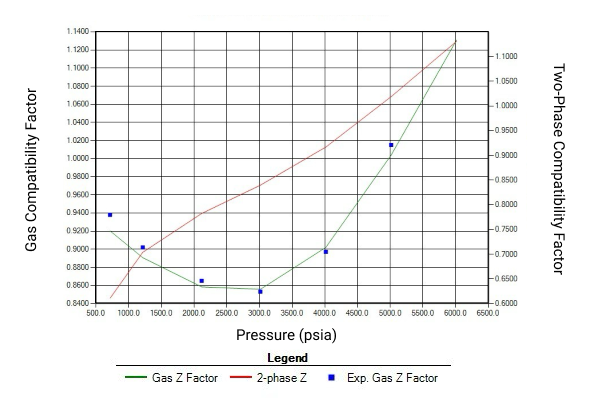Fluid Property
Characterization Tool
WinProp™ creates tuned fluid property descriptions for CMG simulators and black oil fluid property data for third-party reservoir simulation software.
"THE GOLD STANDARD OF RESERVOIR SIMULATION"
UK Subsurface Manager
WinProp™ creates tuned fluid property descriptions for CMG simulators and black oil fluid property data for third-party reservoir simulation software.
Fluid Modeling
Solve Complex Calculations
A robust calculation engine quickly solves complex calculations enabling users to predict fluid behaviour and to improve understanding of the reservoir recovery process.


Benefits
- Tune Equation of State (EoS) to accurately match laboratory analysis results and predict fluid behaviour.
- Lump pure components to create pseudo-components for simulation.
- Understand property distribution within a reservoir fluid system under different depletion scenarios.
- Accurately characterize reservoir fluid to increase accuracy when performing dynamic simulation.
Key Features
- Component characterization
- PVT matching
- Miscibility studies
- Modelling of laboratory experiments (recombination, fluid compressibility, constant composition expansion or volume depletion, differential liberation, swelling or separator tests).
- Prediction of wax and asphaltene production.
- Surface separation facilities modelling.
- Support K-Value generation for aqueous solubility calculations to support carbon capture and storage applications in particular.
Related Resources
Training
Take your technical skills from the classroom to your workplace
WinProp™ creates tuned fluid property descriptions for CMG simulators and black oil fluid property data for third-party reservoir simulation software.


